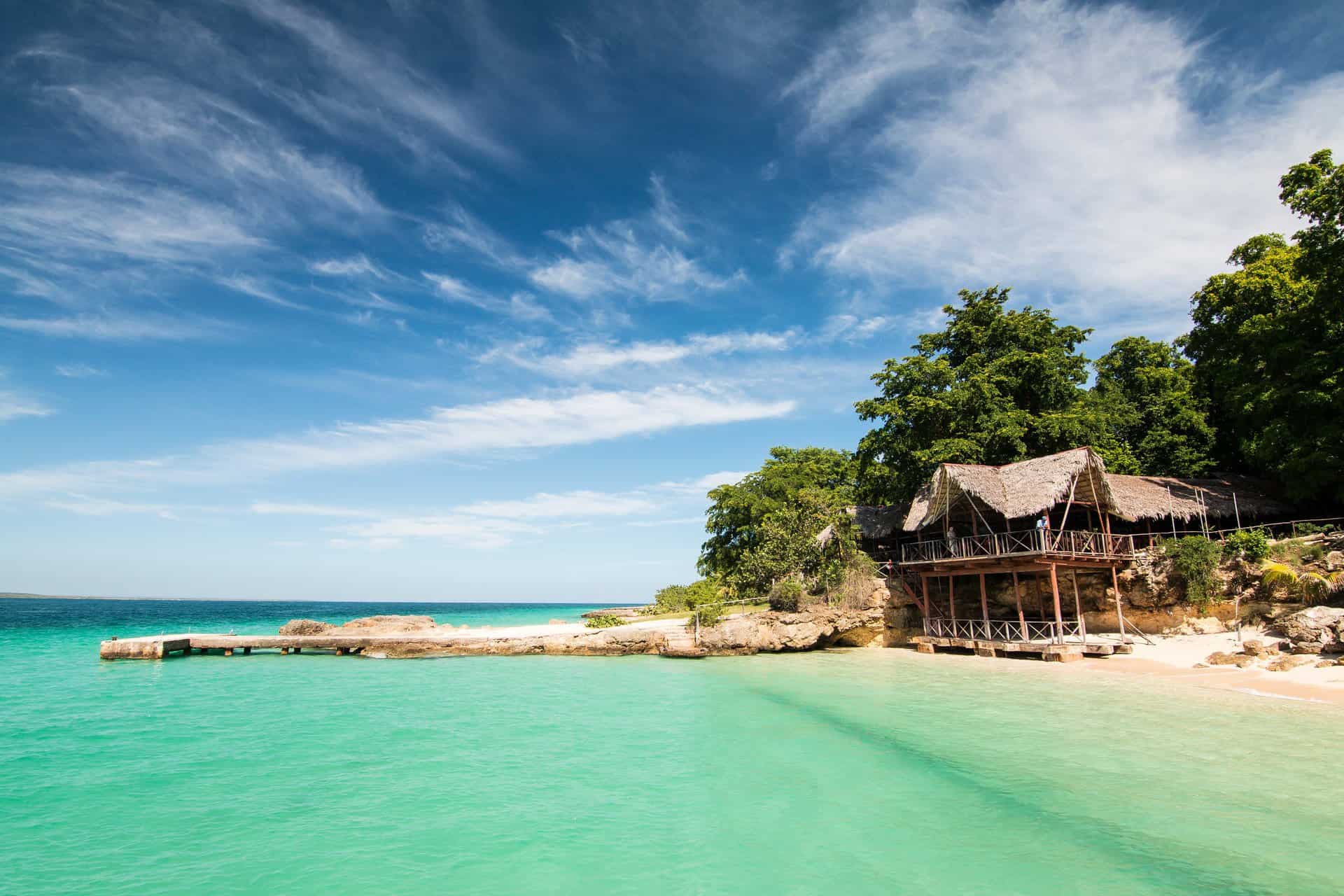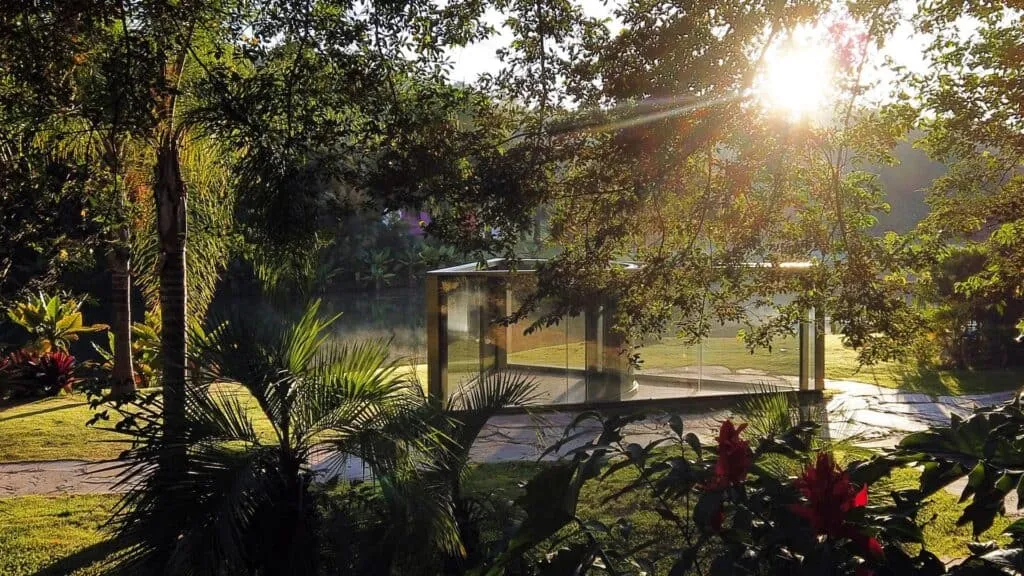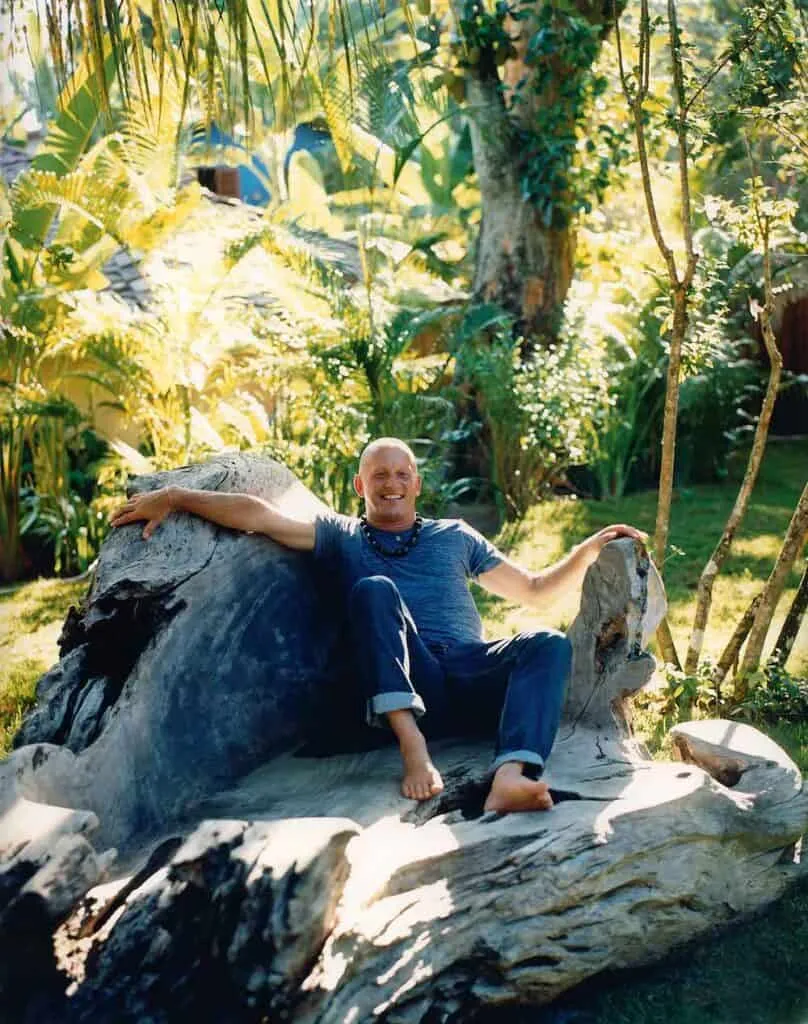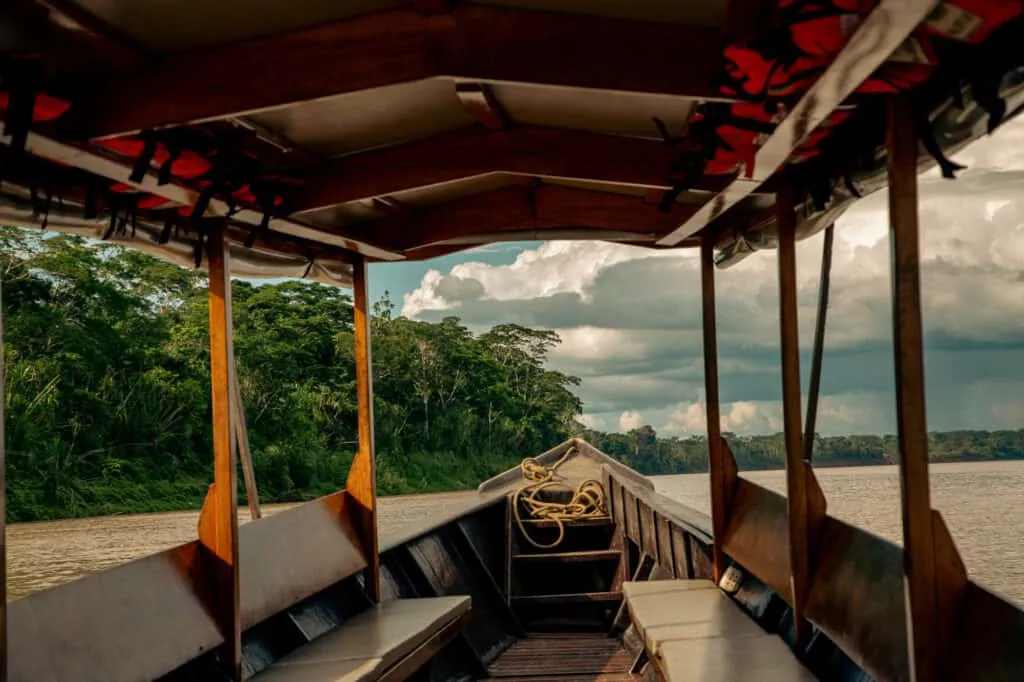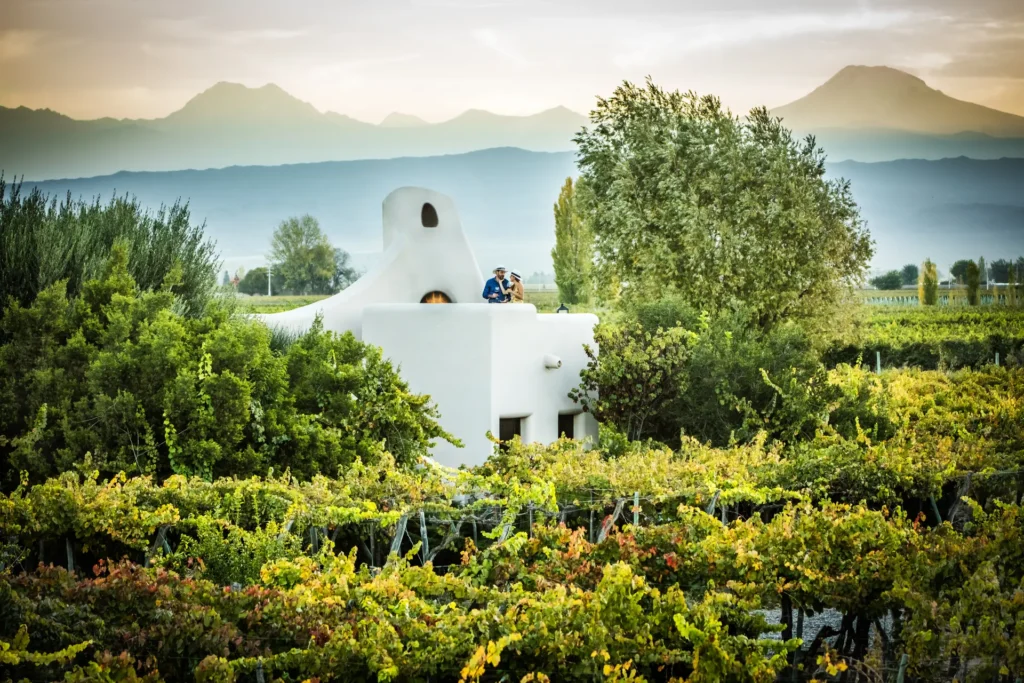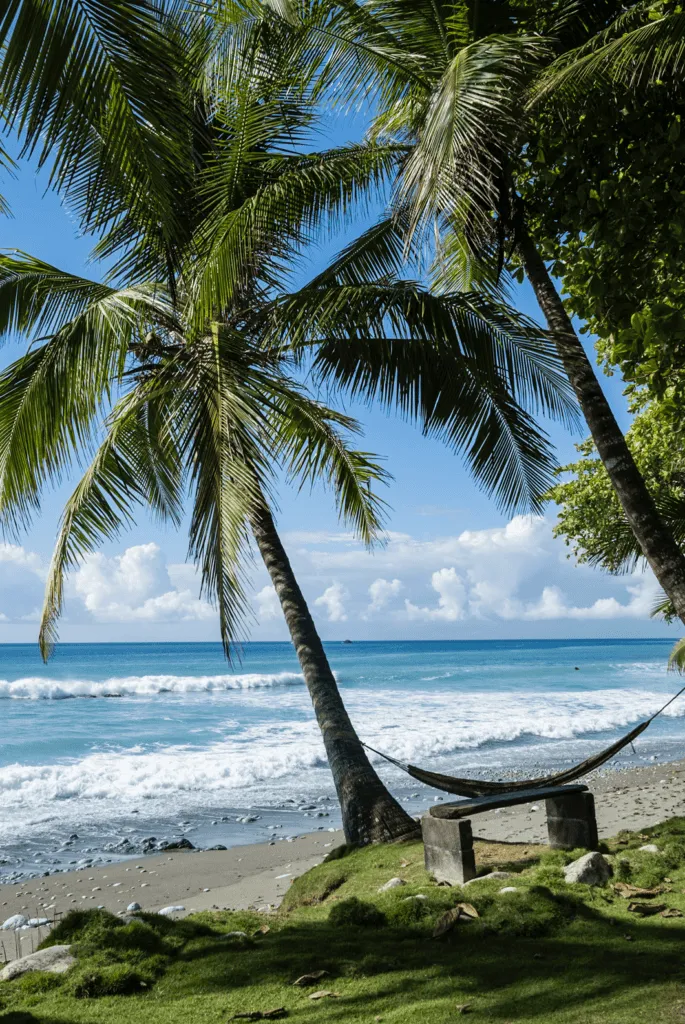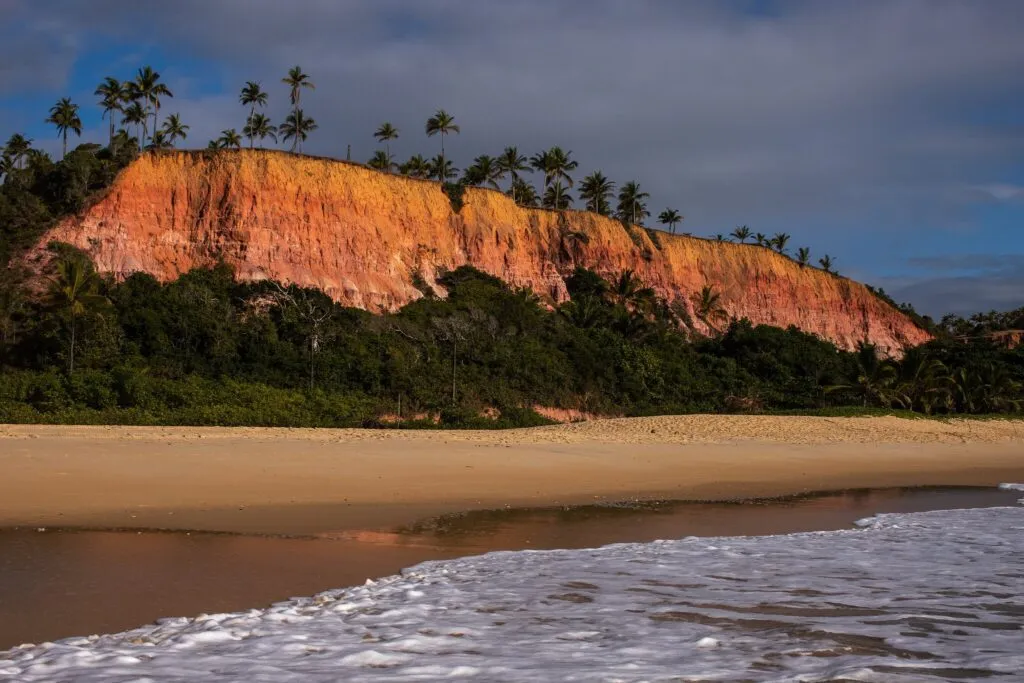

Some favourite corners of Brazil to disappear to this year – with or without a conference badge.
This November, world leaders, policymakers, and media will descend on Belém for COP30. The Amazon will take centre stage – as it should – and Brazil will be firmly in the global spotlight. With all of this on the horizon, we thought we’d shine a light on some of our favourite corners of Brazil that still feel like a discovery.
Whether you’re attending the summit in Belém and have a few days to spare either side, or simply need an excuse to escape to somewhere remarkable, these are places worth travelling to this year. Not add-ons or afterthoughts, but Brazil at its best: wild, artful, deliciously slow. Best visited before the crowds arrive – and far from the cameras.

1. Bahia
Salvador, Chapada Diamantina, Trancoso
Bahia is the Brazil of music, colour and camdomblé rituals. Start in Salvador, if only to remind yourself that cities can still surprise. This is where Africa meets the Americas – loudly, colourfully, without apology. The streets of the Pelourinho are steep and full of mischief, Afro-Brazilian culture runs deep, and the food is taken very seriously indeed.
Then go inland to Chapada Diamantina, which is what happens when time and geology conspire to make something quietly astonishing. It’s all canyons and plateaus and waterfalls you can swim beneath, with walking trails that begin nowhere in particular and end in complete solitude.
Finish on the coast in Trancoso. Stay at UXUA, where everything is beautifully considered and the pace is mercifully slow; their new project, UXUA Maré, was one of Time’s top destinations for 2025. This is a place for switching off, drifting through days without plans, and remembering how it feels to have nothing in your diary. Not flashy, not loud – just very, very good.
2. Minas Gerais
Ibiti Project, Inhotim, and Colonial Brazil
Minas Gerais is Brazil in soft focus: a region of rolling hills and gold-era towns.
Begin at Ibiti Project, a quietly radical rewilding initiative where the days are spent walking, talking and seeing what happens when conservation is allowed to flourish without an audience. The lodges are discreet, the food is hyper-local, and the people behind it all are rather brilliant.
From there, make your way to Inhotim, the country’s most astonishing art space: part botanical garden, part museum, part fever dream. There are mirrored installations in the forest, monumental sculptures beside tropical lakes, and a sense that someone, somewhere, has pulled off something completely mad and utterly magnificent.
Pair both with a few days exploring Brazil’s colonial heartland: Tiradentes and Ouro Preto. These are towns shaped by gold, still lined with steep cobbled streets and 18th-century churches carved with great fervour.
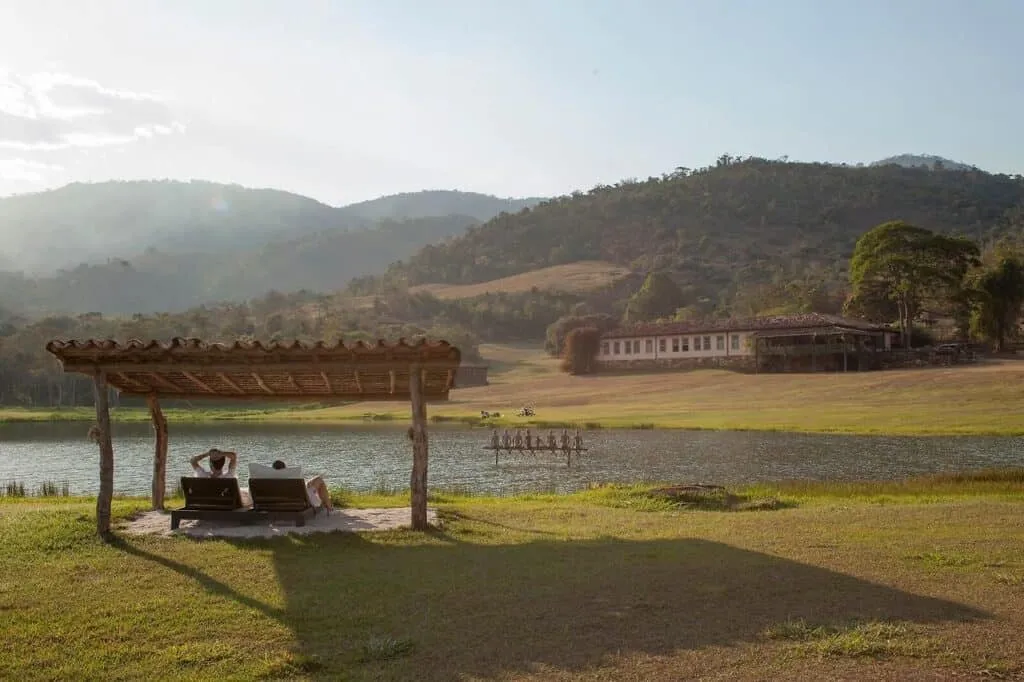
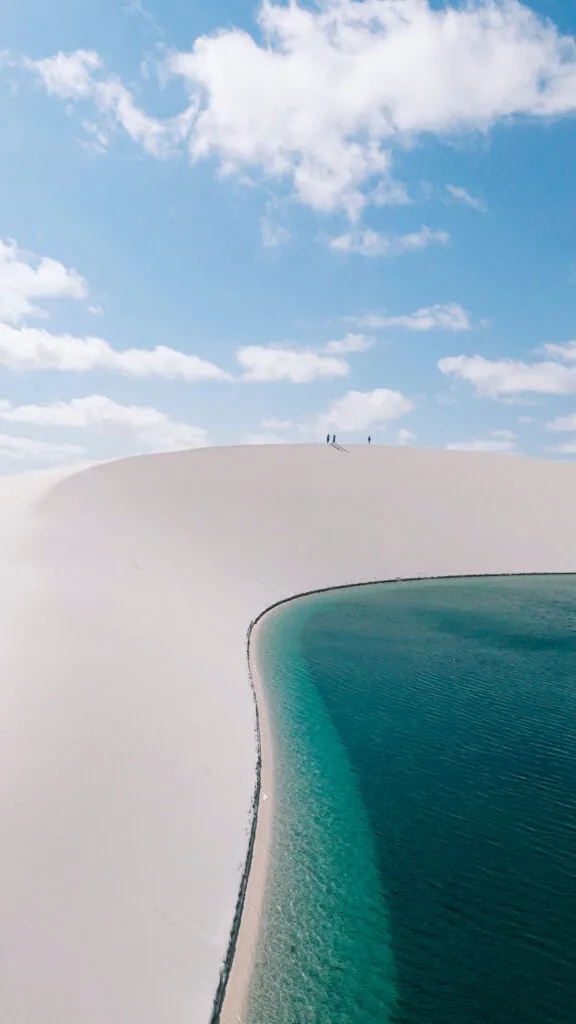
3. Lençois Maranhenses
Casa Oía and Atins
Imagine a desert that floods. That’s Lençóis Maranhenses: a vast, hallucinatory stretch of white sand and freshwater lagoons, where the wind redraws the map daily and the horizon never quite sits still.
Stay at Casa Oía, a quietly brilliant hideaway that’s quite possibly the most tasteful address in Brazil. There are only a handful of rooms, all whitewashed walls, weathered wood and handmade ceramics. It feels more like the home of someone with immaculate taste than a hotel – and is all the better for it. Ride out at dawn on horseback, swim in cool, improbably clear lagoons, eat grilled fish with your feet in the sand. Ask, and they’ll set dinner on the dunes.
From there, strike out east across the sands to Atins, a weathered little village where dirt tracks lead to the sea and kite surfers drift past grazing donkeys. There’s not much in the way of structure – a few pousadas, some very good caipirinhas, the occasional French baker. It’s the end of the road in the best possible sense. The Oía pop-up – a temporary opening for 2025 – brings a lighter, sea-breezy continuation of the Casa Oía experience. Book dinner at Anacardier, even if you’re not sleeping there. And for those drawn to something rougher round the edges, there’s the Emotions route: six days on foot through the dunes, sleeping in fishing huts and hammocks.
4. Fernando de Noronha
For those who prefer to disappear entirely
If the mainland still feels a little too reachable, there’s Fernando de Noronha. Technically part of Brazil, spiritually somewhere between castaway fantasy and National Geographic hallucination, this volcanic archipelago sits a few hundred kilometres off the northeast coast – and feels all the better for the distance.
It’s protected territory, capped daily, fiercely preserved, and all the more desirable for it. The diving is some of the best in the hemisphere: reef sharks, sea turtles, and rays that pass beneath you like shadows with wings. Visibility is near-perfect, the beaches are regularly called the most beautiful in the world by people who take that sort of thing very seriously, and the water is the colour of very old glass.
Stay at Pousada Maravilha, which is discreet, understated, and entirely comfortable in its own skin. It faces the sea – everything here does, really – but without clamouring for attention. This is where you come to finish your journey: swim, dive, eat well, and forget where you put your shoes. Speak only if you must.
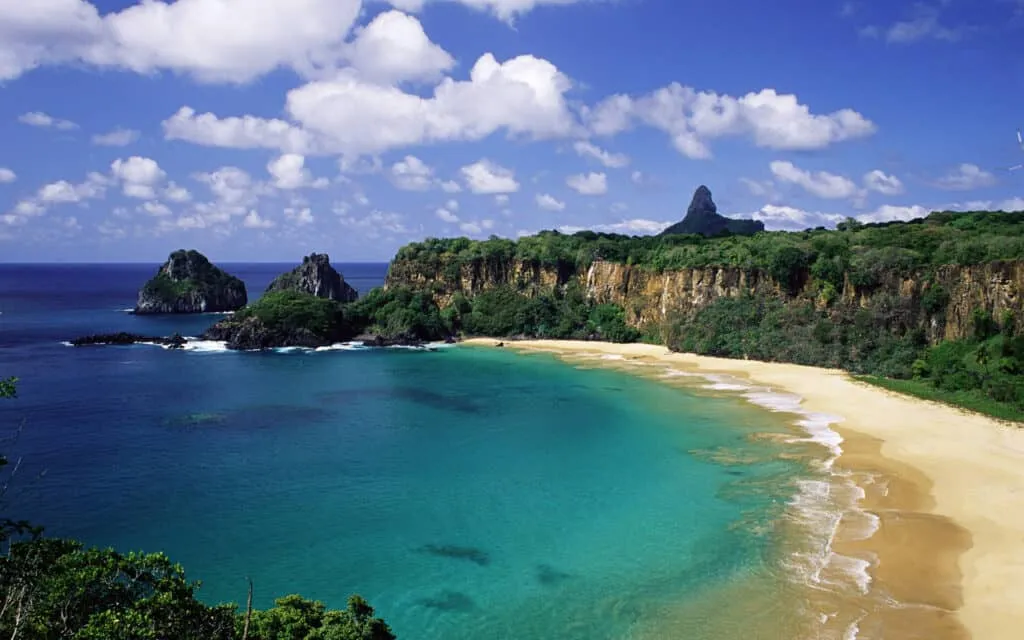
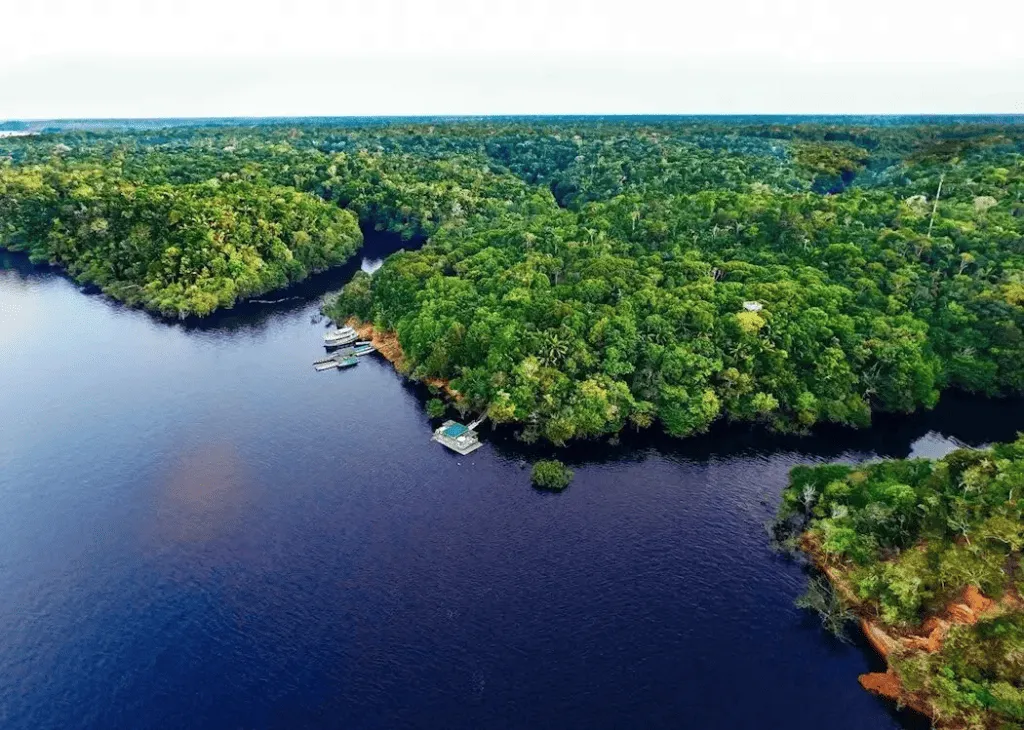
5. The Amazon
Where the map begins to blur
The Amazon doesn’t lend itself to itinerary. It’s too vast, too fluid, and far too indifferent to your schedule. This isn’t a place to be “done”: it’s a place to enter quietly, without much of a plan, and let the scale of it knock the edges off.
A few days here is enough. Paddle through flooded creeks, walk slow forest trails, listen to the rain fall like static. Time stretches. The world tilts. You become wonderfully irrelevant.
For those not keen on hammocks and tarpaulins, there are ways to experience the Amazon without suffering for it. One, Tupaiu, a 60-foot yacht on the Tapajós River, offers an unhurried way through the blue-water reaches: paddle-boarding, swimming, torch-lit dinners and long, empty stretches of river, all without the need to pack and unpack. Another: stay at Anavilhanas Jungle Lodge, a well-run, considered base near the Anavilhanas Archipelago, where expeditions are led by people who’ve spent their lives navigating these waters.
It’s not a place that needs interpreting. Just a few days here is enough to reset the system.
Brazil defies simplification. It’s too large, too layered, too gloriously contradictory to be packaged or pinned down. This isn’t a country you tick off – it’s one you circle back to, again and again, never quite done, never quite the same.
These five places aren’t the greatest hits, nor are they particularly well signposted. Which is precisely the point. They suit the curious, the unhurried, those with a healthy disregard for crowds and a preference for places that still feel like a discovery. If you’re after a Brazil that surprises in all the right ways – generous, surprising, expansive – then they’re a very good place to begin.
